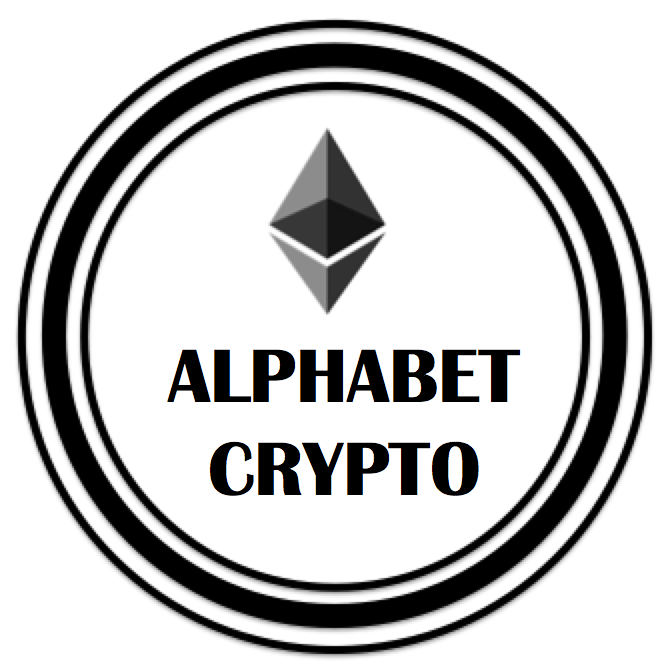There are lots of resources out there to learn how to get setup with owning and trading Bitcoin or cryptocurrencies, but I will go ahead and explain what I did, and the challenges and fears I had.
Get a Bitcoin Wallet setup. You can do this at the place you actually buy Bitcoin, like Coinbase or Bitstamp, or you can use another wallet. Off a recommendation I chose the Electrum wallet. When you set up an Electrum wallet it will create a Seed (a passphrase). The wallet is basically a file (like a word document), but it stores the digital information that is your currency. The seed passphrase is 24 words, and is what you need to recreate your digital file if it gets deleted. DO NOT LOSE THIS SEED OR YOUR MONEY WILL BE ALL GONE. You also create a general password to access the account. Your Electrum wallet should technically be on a computer that never accesses the internet, because if it does it is open to hacking. The Electrum wallet took a little while to get the hang of, so I would say that if you want an easy user-friendly way just go through Coinbase.
Buy Bitcoin. There are several ways to get Bitcoin. Buy them from a platform like Coinbase or BitStamp (or the countless others), transact with someone for services, or just do a third party buy from someone who has Bitcoin. When I saw the crazy 3% transaction fee Coinbase was taking, I found someone who had Bitcoin that was willing to sell for USD and I wired them the money. This was kind of weird – I was actually connected through a friend, but there is a lot of trust in the BTC community and I actually got the BTC before the wire transfer was sent. But that doesn’t usually happen.
Send Your Bitcoin. If you buy your BTC from an individual, you will need to give them your wallets public address. They can then send you the BTC. NEVER SEND YOUR PRIVATE KEY, YOUR BITCOIN WILL BE GONE. If you are transferring other types of cryptocurrency or tokens, you may need different wallets that can hold those, and each currency or token has a different public address. People can’t steal your BTC or tokens with your public key, but they can with your private key.
Transfer to An Exchange. Once you have BTC in a wallet, you can just keep it there or you can transfer it to an exchange. The two exchanges I set up accounts on were Poloniex and Bittrex , both well established due to the large volumes traded on the exchange.
Trade. From there I trade and then either transfer BTC or other crypto’s back to my various wallets, or to a hardware wallet I have. A hardware wallet is a physical device (a special USB drive) that is not connected to the internet and has the data information representing your currencies (BTC, ethereum or others). You can keep this in a safe place like a safety deposit box or your safe in your home.
Things that I wasn’t expecting that initially scared me:
- Sending USD to someone you don’t know to get a cryptocurrency that lots of people don’t understand or value was an initial fear. It was just jumping into the deep end. Going through a major company like Coinbase is less DIY, but probably could have allayed those fears.
- When I initially started moving around BTC via the blockchain, several times the transactions wouldn’t go through, or they seemed to be lost for a while. This was seriously disconcerting as I just imagined that my money was going into the ether, the plot of some sophisticated hacker that was just stealing my money. In actuality, congestion is a real issue with Blockchain, but one that is constantly being addressed – and the majority of my transactions didn’t go through because I didn’t understand how much to pay for the transaction to process (for BTC the currency you pay to process your transaction is called satoshi’s, after bitcoin designer Satoshi Nakamoto, and is measured in satoshis/bytes). If there are a lot of people trying to use the blockchain at the same time, and if you don’t pay enough, then your transactions are uncomfirmed. It took me a while to understand this. With Ethereum, this payment is called GAS.
Link to BitPay Blog post explaining Blockchain Delays
- Because of some of the delays and not knowing how to transfer money, sometimes I just was completely unclear of where my BTC actually was, but if you know what you are doing you can always track the transaction via the TX number, and on the receiving end of an exchange you can see the status of incoming deposits.
- If you do decide to actually day trade your BTC for other alt-coins, you should be prepared to lose it all. If you aren’t prepared for that just keep it all in BTC as a long-term investment, and still be prepared for some stomach-churning volatility.
More to come where I share some of the coins I have invested in and why I think this is so cool.
